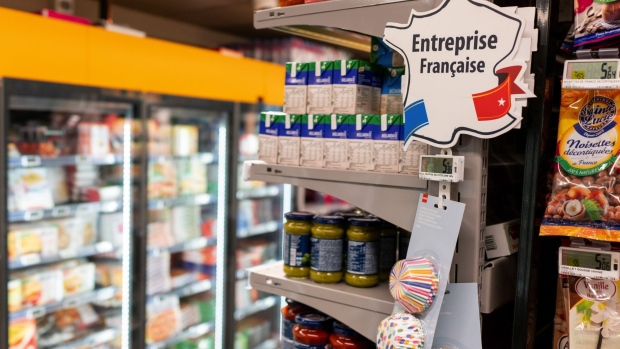The euro-area economy is reeling from surging inflation and new supply-chain disruptions after Russia’s invasion of Ukraine boosted energy costs and clouded the outlook for global growth, according to Bloomberg.
The region’s manufacturing sector is facing an “unprecedented” rise in costs for parts and raw materials that will feed through to consumer prices in the coming months, according to a survey of purchasing managers published by S&P Global – the first since the conflict broke out on the currency bloc’s doorstep.
“The survey data underscore how the Russia-Ukraine war is having an immediate and material impact on the euro-zone economy, and highlights the risk of the euro zone falling into decline in the second quarter,” Chris Williamson, chief business economist at S&P Global, said Thursday in an emailed statement.
Overall business activity was bolstered by the services sector, which saw higher demand as coronavirus restrictions were loosened. The relaxation of measures lifted tourism and recreation activity in particular.
But the boost is likely to prove short-lived. Businesses are already bracing for weaker growth, with confidence sinking to the lowest level in almost one and a half years, S&P Global said.
European Central Bank President Christine Lagarde downplayed the likelihood of a stagflation scenario this week, saying even the bleakest scenario for 2022 has the euro-area economy growing 2.3%.


